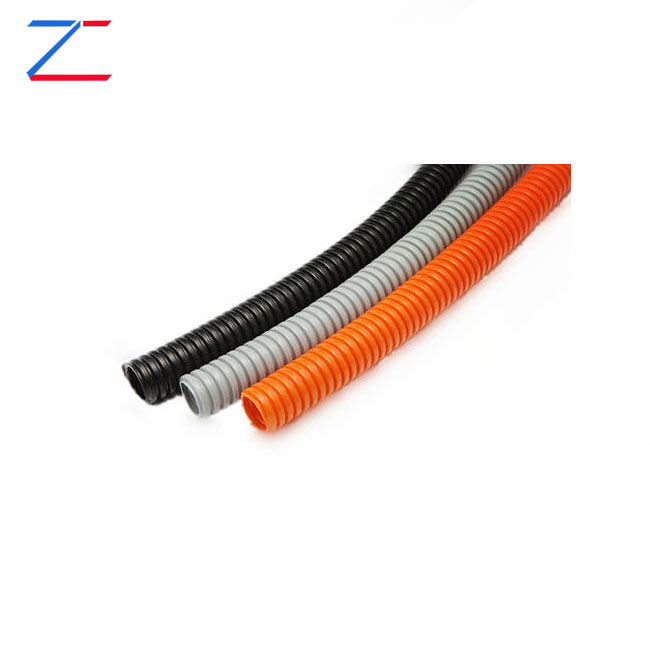Characteristics of Corrugated Conduits
2024-05-31
A corrugated conduit is a type of conduit used primarily in electrical and plumbing installations. It features a corrugated, or ribbed, surface which provides flexibility and durability, making it ideal for various applications. Here are some key points about corrugated conduit:
Characteristics
1. Flexibility: The corrugated design allows the conduit to bend easily, accommodating curves and angles without the need for additional fittings.
2. Durability: Made from materials like PVC, polyethylene, or metal, these conduits can withstand physical impacts, environmental stress, and chemical exposure.
3. Lightweight: Especially in the case of plastic variants, corrugated conduits are light, making them easier to handle and install.
Applications
1. Electrical Wiring: Corrugated conduits protect electrical wires in residential, commercial, and industrial settings. They help prevent damage to the wires and provide a safe pathway.
2. Plumbing: Used for protecting and routing pipes in water systems. The flexibility is particularly useful in tight or irregular spaces.
3. Underground Installations: The robustness of corrugated conduits makes them suitable for underground electrical or communication cable installations.
4. Automotive: Often used in vehicles to protect wiring and cables from vibrations and wear.
Types
1. Single Wall Corrugated Conduit: Typically used where flexibility is the main concern.
2. Double Wall Corrugated Conduit: Provides additional strength and protection, used in more demanding applications.
Advantages
1. Easy Installation: The flexibility reduces the need for fittings, making installations quicker and more straightforward.
2. Protection: Offers excellent protection against mechanical damage and environmental factors.
3. Versatility: Suitable for a wide range of applications from electrical to plumbing and more.
Considerations
1. Material Choice: Depending on the application, choosing the right material (PVC, metal, etc.) is crucial for ensuring the conduit performs as needed.
2. Compliance: Ensure that the chosen conduit meets relevant industry standards and regulations for safety and performance.
Installation Tips
1. Planning: Map out the conduit path, considering bends and lengths required.
2. Securing: Use appropriate clips and fittings to secure the conduit in place, ensuring it doesn't shift over time.
3. Cutting: Use the right tools for cutting to ensure clean edges that won't damage wires or pipes.
Corrugated conduits offer a blend of flexibility, protection, and ease of installation, making them a popular choice across various industries for safeguarding wires, cables, and pipes.



